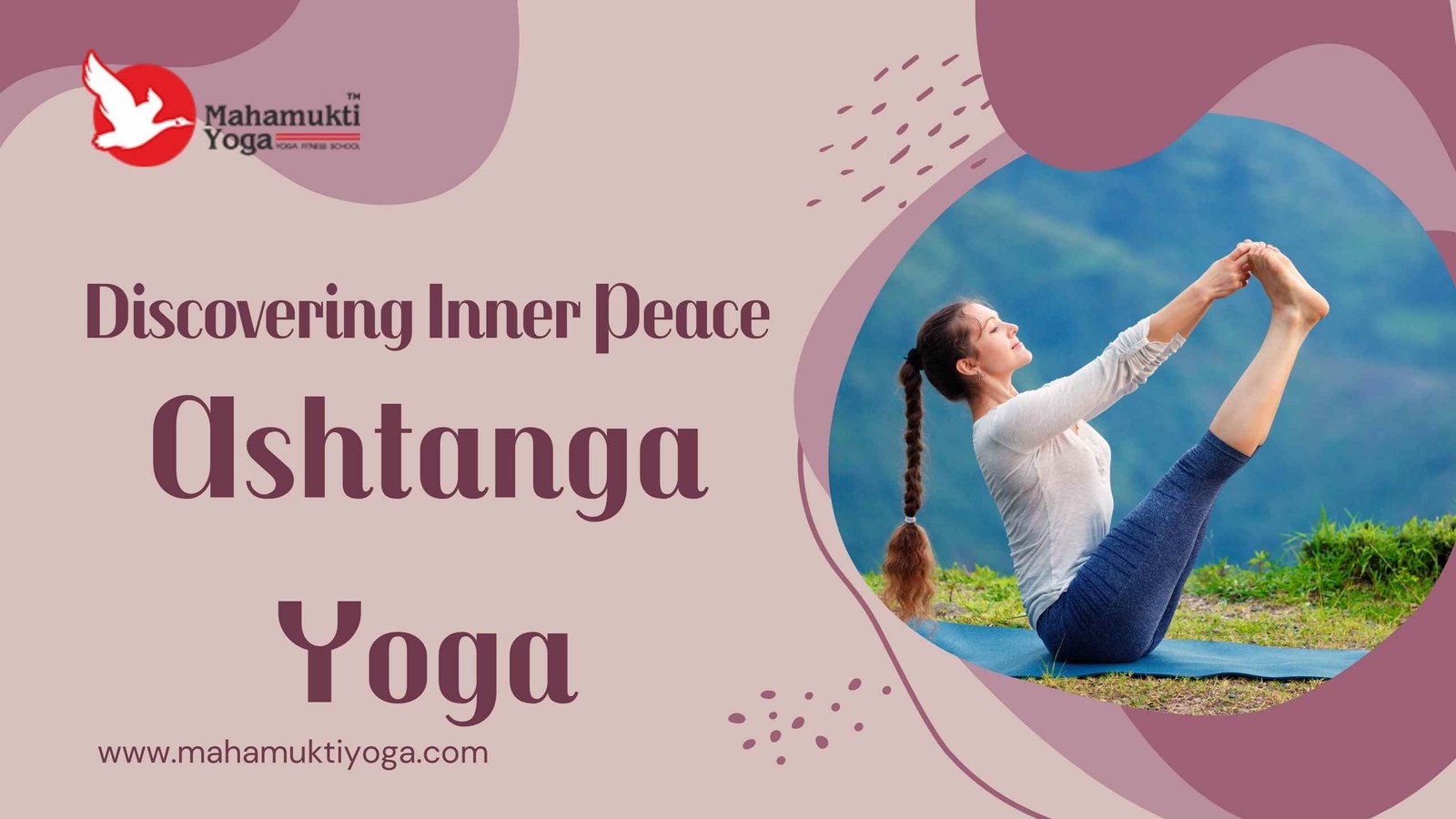Ashtanga Yoga is one of the paths leading to expansive wellness, social development, and deep self-discovery. It was discovered in this ancient Indian cultural tradition. Many consider this practice to be a wearying workout. It demands much strength, flexibility, and power. This post discusses the history, method, and principles of Ashtanga Yoga.
What is Ashtanga Yoga Practice?
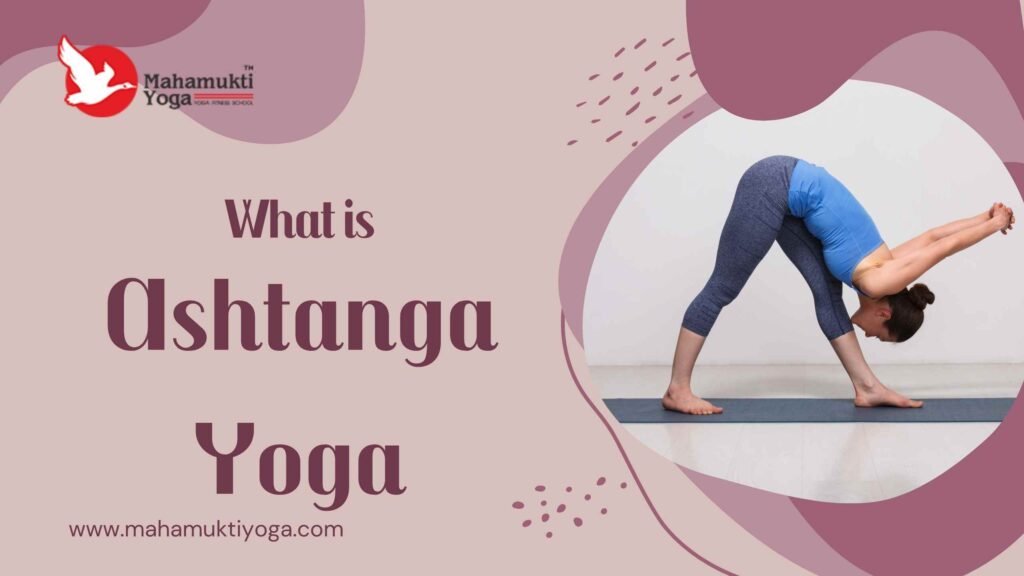
Ashtanga yoga involves breathing exercises, physical poses, and energetic meditations. Ashta + Anga is ashtanga yoga in Sanskrit. Ashtanga yoga relies on Patanjali’s Yoga Philosophy. It denotes eight limbs.
Modern Ashtanga yoga suggests a sort of severe self-restriction and physical activity. It focuses on movement and mobility. It is an outcome of an attempt to refashion the classical Indian yoga that counted as a discipline.
Ashtanga Yoga aims to help practitioners channel their inner power with the outside world. It does this through appropriate behaviour, meditation, regulation, and physical practice.
Brief History of Ashtanga Yoga
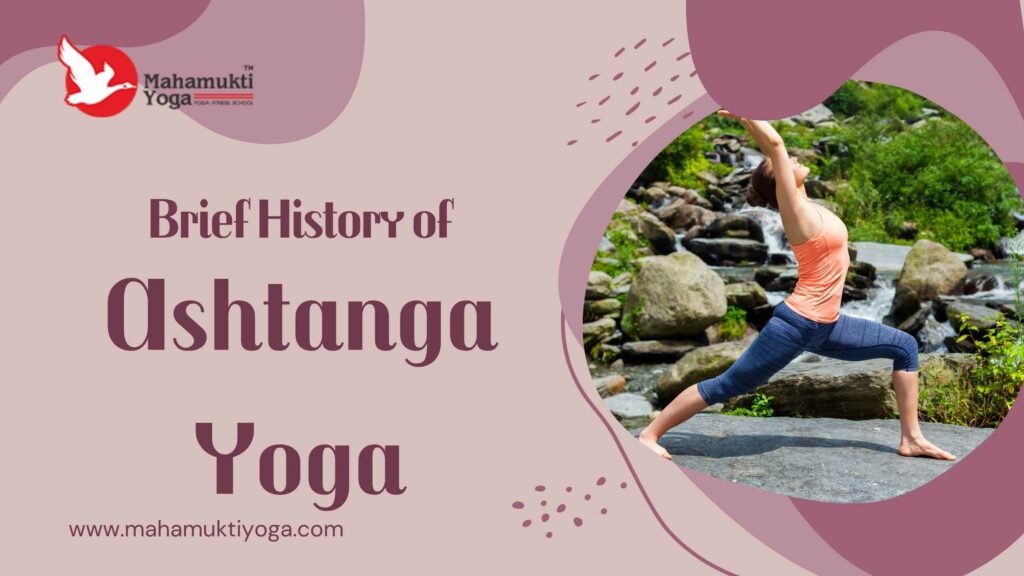
The eight-limbed path of Ashtanga Yoga brings to the performance of Yoga or Samadhi. The Yoga Sutras of Patañjali present Ashtanga yoga as a course. It is mediaeval literature. It depicts the principles and practices of yoga philosophy and practice.
Ashtanga yoga has been practiced by people from the 2nd and 4th centuries BCE. It became popular during the 1900s when T. Krishnamacharya taught it to his student K Pattabhi Jois. Yet, the practice was popular because of moving to Surya Namaskar positions in the 20th century.
If you want to become a Yoga Teacher, then feel free to join our Yoga Teacher Training Course in these place.
100 Hour Yoga Teacher Training Course in Goa || 200 Hour Yoga Teacher Training Course in Goa || 300 Hour Yoga Teacher Training Course in Goa || Ashtanga Yoga Teacher Training Course in Goa
Advantages of Ashtanga Yoga’s 8 limbs to our daily life:
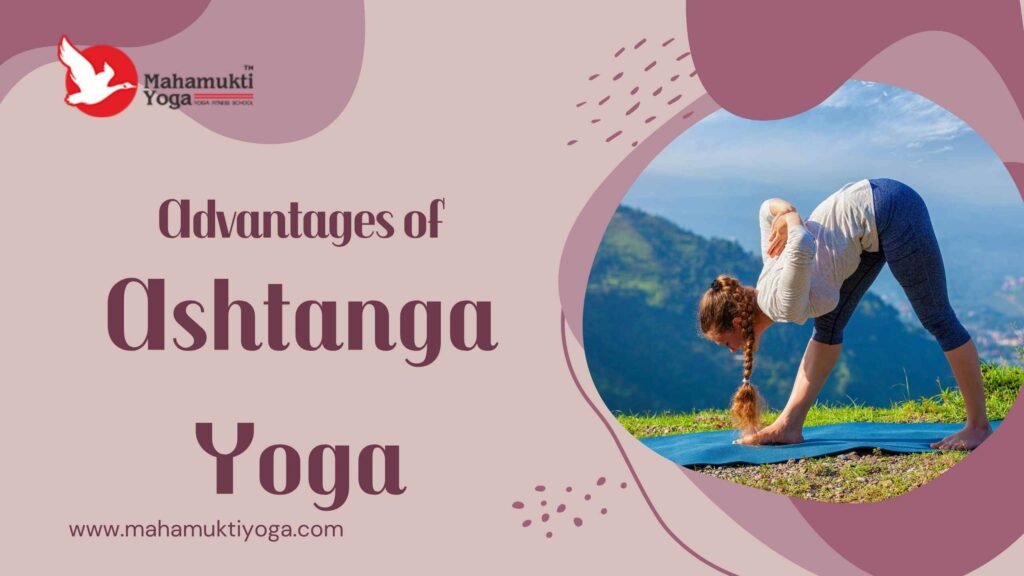
- Yama: Abiding by morality towards oneself and others is the first limb of yoga. It comprises the following five moral precepts. They are sincerity, cleanliness, rectitude, honesty in peace, and lack of greed. Yama practice helps to develop our sense of self and others.
- Niyama: This second limb of yoga emphasises self-compliance. It consists of five disciplines. These are self-study, self-control, happiness, cleanliness, and obedience to a greater force. Niyama training helps us develop constructive routines and mindsets. We can apply these to focus on others and ourselves.
- Asana: The actual posture is the third limb of yoga. We perform these positions most often in yoga sessions. We can improve our physical endurance, flexibility, and coordination by doing asanas. They also aid in mental relaxation and meditative readiness.
- Pranayama: It is the fourth limb of yoga. It focuses on breathing exercises. The exercise induces body power and regulates breathing. Through pranayama, we regain our breath power. It calms us down and makes our spirits soar.
- Pratyahara: It is the fifth limb of yoga. It makes us come closer to ourselves, and it keeps our five senses from disturbances. With pratyahara, we gain concentration and peaceful states of mind.
- Dharana: The sixth limb of yoga is establishing mental acuity and force. The act of meditation involves concentrating on one point or object. We can accomplish this power through the practice of Dharana.
- Dhyana: The seventh limb of yoga is related to the development of mental state. Through the practice of dhyana, one finds inner peace. Here we can take the rest in deep silence, where no disturbances are present. This process makes us internalise the current events.
- Samadhi: The eighth and final aspect of yoga is reaching the condition of one who has either holy or eternal awareness. By way of samadhi, we can arrive at a level of perfect consciousness, bliss and unity with all that is.
Principles for Practicing Ashtanga Yoga
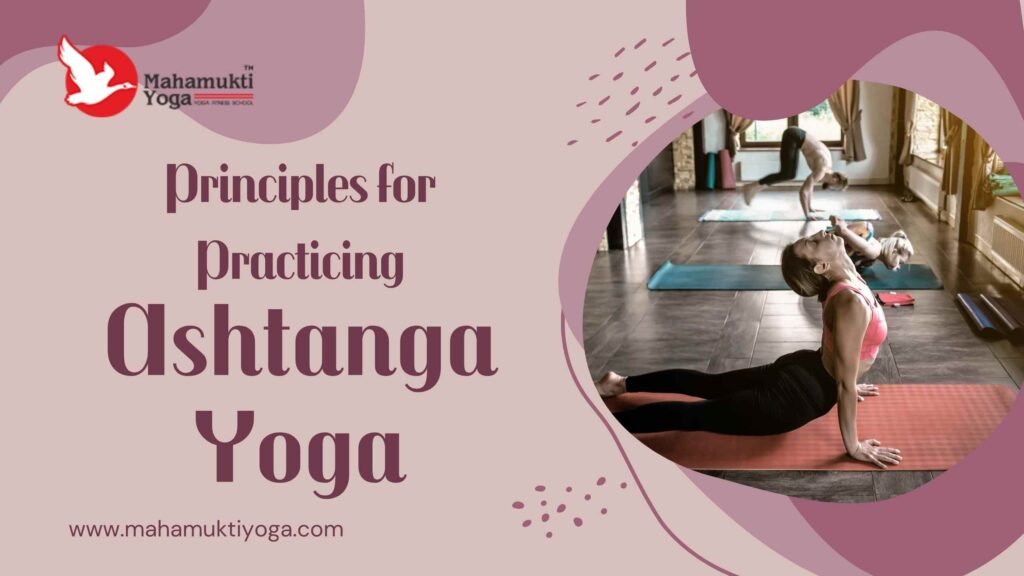
Yoga includes both the state of yoga and the practices we do along the way to becoming a yoga practitioner. We call these practices sadhana. Ashtanga yoga necessitates rigorous discipline and a lot of research. As you practise Asana, you focus on executing prescribed series positions. These series include Main, Intermediate, and Advanced.
- Vinyasa: As you are doing asana, synchronise movement and breathing to promote flow.
- Tristhana: It is the focus of Ashtanga’s yoga practice. It includes gaze (drishti), posture(asana), and breath (pranayama).
- Mysore Style: It is a personalised approach to practising Ashtanga poses. Students memorise the postures. They move through them at their own pace with an instructor’s guidance.
- Regular practice: It helps Ashtanga Yoga students progress in the series. It also helps them refine their practice. Ashtanga Yoga values continuity of practice over time.
Who can learn Ashtanga yoga?

Practitioners of Ashtanga yoga range from age to fitness level. However, they should learn to do it with a keen sense of awareness and respect for their body.
- Newcomers to Ashtanga yoga should start with Yoga Chikitsa, which is the basic series. They should only reposition and modify their flexibility to meet the skills of an instructor with adequate experience. They must rise through the ranks.
- Ashtanga yoga is one of the advanced forms of practising Yoga. It provides a series of structured and difficult postures. Advanced practitioners go deeper into poses like Nadi Shodhana and Sthira Bhaga.
- Ashtanga yoga is a form of meditation that involves breathing with movement at all times. It may help to relieve stress and enhance mindfulness. It does this by improving attention, concentration, and mental control.
Opt for Ashtanga yoga class at Mahamukti Yoga School
Ashtanga Yoga is a lighthouse. It guides practitioners toward balance, harmony, and unity. It acts within themselves and with the outside world in a world full of diversions and confusion. Practising Ashtanga yoga at Mahamukti seeks to develop self-awareness. It also aims to cleanse the body and mind. Eventually, it leads to spiritual development and revelation. We offer yoga lessons with certified teachers and instructors. They train individual learners in practising principles. Learners at Mahamukti Yoga School start learning about Ashtanga Yoga from the ground up.
FAQs
What is the Primary Series of Ashtanga Yoga?
Ashtanga Yogis begin with the Primary Series which is also referred to as Yoga Chikitsa. Its main goals are nervous system purification, body alignment, and detoxification. It also aims to provide a solid basis for more practice.
What Advantages Does Ashtanga Yoga Offer?
Ashtanga Yoga offers many benefits. It includes increased physical strength and flexibility, improved mental concentration, and simplicity. It also reduces stress and brings mental harmony. Besides, it aids detoxification and cleansing and supports religious and self-discovery.
How Frequently Shall I Perform Ashtanga Yoga?
The duration of practice differs according to lifestyle, schedule, and personal objectives. As your practice develops, strive for a regular, continuous schedule. Start a few times a week and expand.

